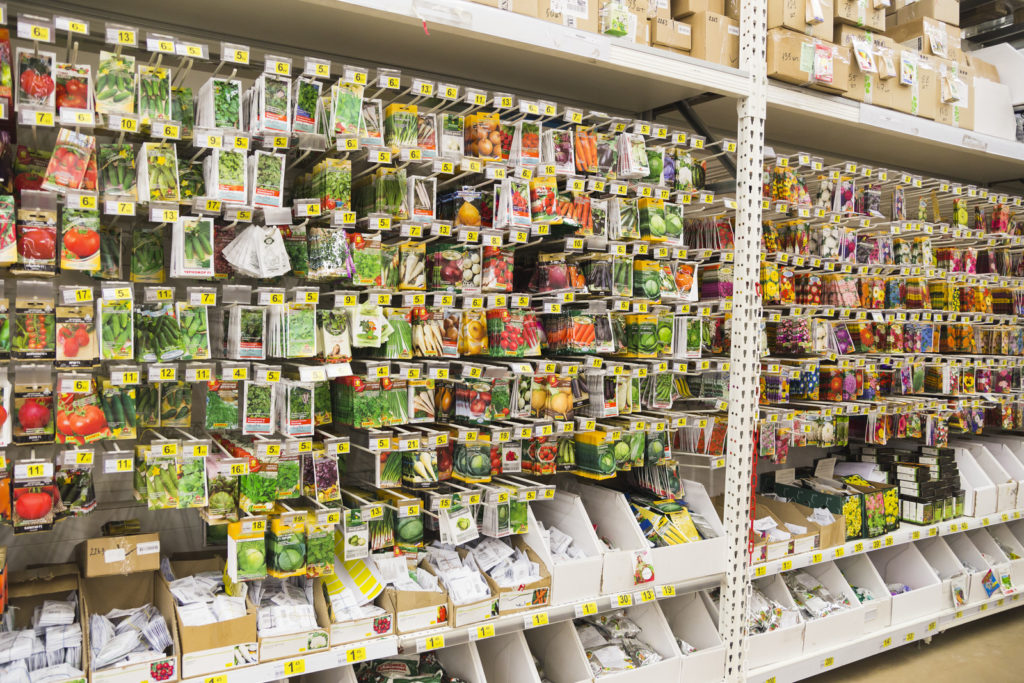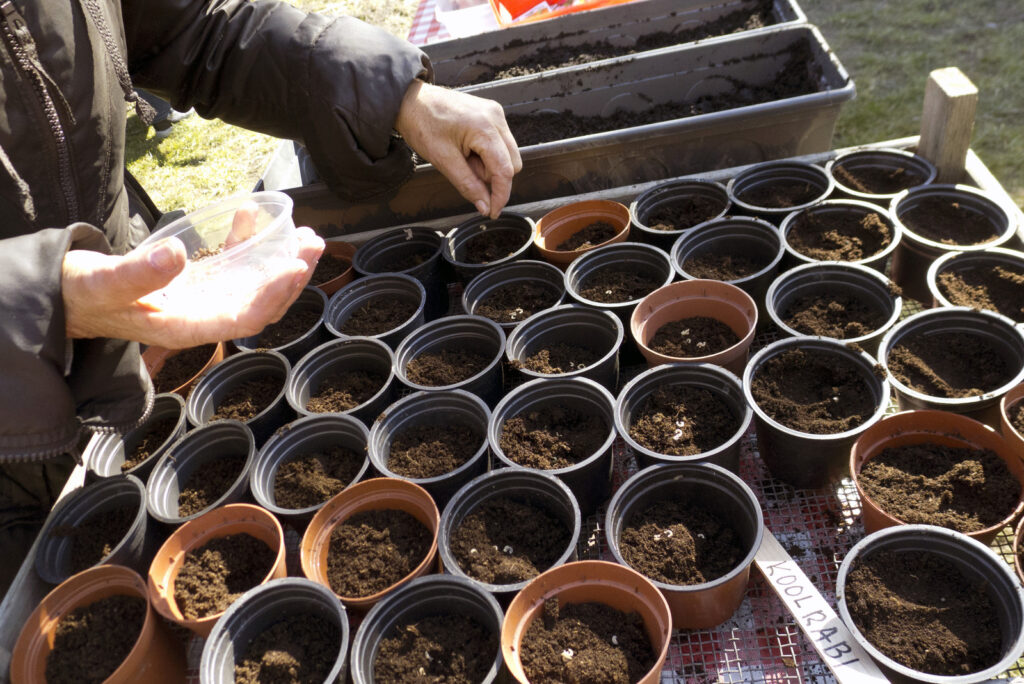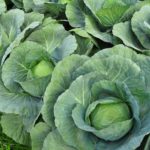If you haven’t started already there’s no time like the first month of the year to jump-start spring. In the coldest regions, the first weeks of January are the time to begin planning the spring and summer garden. As soon as your plans are set, get seeds ordered.
In low frost and frost-free regions of the country, seed starting can get started immediately for planting out in the next four to six weeks. Cool-weather seedlings already started can be set in the garden this month.
Browse through seed catalogs today and make notes on what you’d like to grow this coming season. Two questions: What vegetables, herbs, and small fruits do you like to eat? How much room do you have? How many people will be sharing the harvest? Answer these basic questions first and you will begin to have an idea of how many packets of each seed you’ll need to order.

Visit a garden center for seeds or place your order online as soon as you can. Some varieties sell out quickly. And since most seed packets contain far more seeds than you’ll grow this season, consider teaming up with a friend to share seed.
In warmer regions–zones 10 and 9–you can begin sowing seeds right away. Spring has already arrived even though the calendar says it’s eleven weeks away.
Also seed-specific crop tips at Seed Starting Specific Crops.
Beginning with the warmest regions first, here is a seed starting guide for January:
Zone 10-11; No frost regions
- Sow cool-season vegetables in flats
- Start warm-season vegetables in flats.
- Start seeds of tomatoes, peppers, and eggplants indoors this month.
- Sow greens, beets, carrots, and peas in the garden this month.
- Set out transplants of onions, potatoes, cabbage, and broccoli.
- Plant edible flowers such as pansies and violas in the garden and containers.
Zone 9: Low frost regions
- Sow cool-season crops indoors in flats or outdoors by mid-month: beets, carrots, cabbage family members, lettuce, peas, and spinach. These will be slow-growing while the days are still short.
- Sow indoors tomatoes, pepper, and eggplants by mid-month.
- Start warm-season vegetables in flats indoors
Zone 8
- Plan seed orders for starting seed indoors and get seed ordered right away.
- Start seeds of cabbage and hardy lettuces indoors. When they are about 4 inches (10cm) tall set them out in the garden under plastic milk jug cloches or portable plastic tunnel and harden them off.
- Harden-off cool-weather transplants: cabbage, broccoli started indoors last month or early this month.
- Sow peas outdoors late this month.
- Set seed potatoes in a bright spot to encourage sprouting.
Zone 7
- Start seeds of cabbage, onions, and hardy herbs indoors under bright lights early this month.
- Clean out the cold frame and get ready for early spring seed starting.
- Collect plastic milk jugs for cloches.
- Sow winter cover crops late this month.
Zone 6
- Order seeds for cool-weather crops: broccoli, cabbage, cauliflower, spinach, celery, lettuce, and peas.
- Mid-month start cabbage family crops and onion seeds indoors.
- Prepare the cold frame. Mound straw or leaves around the outside of the cold frame to help it begin holding solar heat.

Zone 5
- Order seeds of cabbage, broccoli, cauliflower, parsley, and peas: all cool-weather crops right away. Plan your warm-season crops this month.
- Get seed-starting equipment together.
- Start onions seeds indoors toward the end of the month.
- Dig up chives and begin to force them indoors or sow seed indoors.
Zone 4
- Check the viability of old seeds by sprouting a few of each kind in folded damp paper towels enclosed in a plastic bag.
- Set up your seed-starting system.
Zone 3
- Begin seed ordering from catalogs.
See seed starting instructions for more than 40 crops at Seed Starting Specific Crops.
Related articles:
January Vegetable Garden Zone-by-Zone



